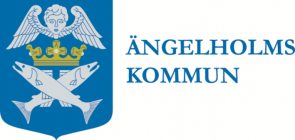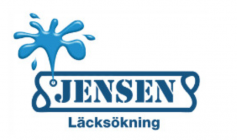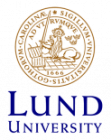Pipestatus
The maintenance approach with underground pipes is often reactive and intervention takes often place after the pipe has failed. In the Pipestatus project we will develop methods for condition assessment for pipe inspections to help the pipe owners to be able to increase intervention before a pipe failure. None of the methods require interruption of supply or excavations. Non-dig methods and technical solutions are highly attractive for players both in Sweden and internationally. New solutions have therefore great market potential.
In cooperation between scientists, industry, water- and district heating companies, we are developing and testing five new methods and technical solutions. We will also identify what kind of data that is needed to collect apart from the data coming from the new methods. We will link all the data from the new methods with the data that the pipe owners already have collected and also add external data that is relevant for the state of the pipe, such as groundwater, traffic loads or rainfall. Finally, we will create a data platform where all data is collected and analyzed. The data platform will constitute a new condition assessment service that will visualize for the pipe owners where the weak pipes are located. Two test sites will be established to build up the platform at Kraftringen and at the municipality of Gothenburg, Kretslopp och vatten.
The methods will be combined to work together in order to provide a good foundation for understanding the state of pipe. In the project the methods will be tested, developed and verified through measurements on real piping systems at the participating water- and district heating companies. Parts of the pipes will be excavated and taken out to be sent to the laboratory of SP for analysis and verification.
The methods that we will work with are following:
- Delta-t – which is an acoustic method where soundwaves are sent out into the pipe to measure the remaining wall thickness.
- GRP Ground Penetrating Radar. In the project we will explore what kind of information about the state of the pipe is possible to get out from GPR.
- Electrochemical method – a method where electricity is applied to detect defects on external corrosion protection on district heating pipes.
- Pipe Inspector – a camera filming the interior of the pipe and locates leakages by recording the sounds.
- Resistivity measurements – a method to measure the resistivity of the ground and find areas with high risk for corrosion attacks.
Global potential
In the next step we will do the first installations in pilot scale to be able to verify for the world market that the new methods and the products are working. If the product works, the pipe failures are expected to decrease as well as the costs and disruptions to surrounding businesses. Energy and resources are also saved.
There is a high potential for success on the global market. Most cities have the same kind of pipes in approximate same age as in Sweden which means that the critical lifespan will be reached about the same time.











